The flood of 2024, which devastated the banks of the Urals, Tobol and Ishim, in the south and center of the Omsk region, did not acquire the character of a natural disaster, but only flooded the coastal lowlands of the Irtysh, which year Year after year it went down and filled the lakes of the floodplains to the brim.
The lands of the state nature reserve of regional importance “Poyma Lyubinskaya” were partially flooded, the drying up Staritsa Lake filled and the water reached near the plowed lands. And along with the water came the birds: the usual inhabitants of these places returned, and quite a few appeared, and those who had never been seen here before. Armed with a photographic gun, I carried out a reconnaissance.

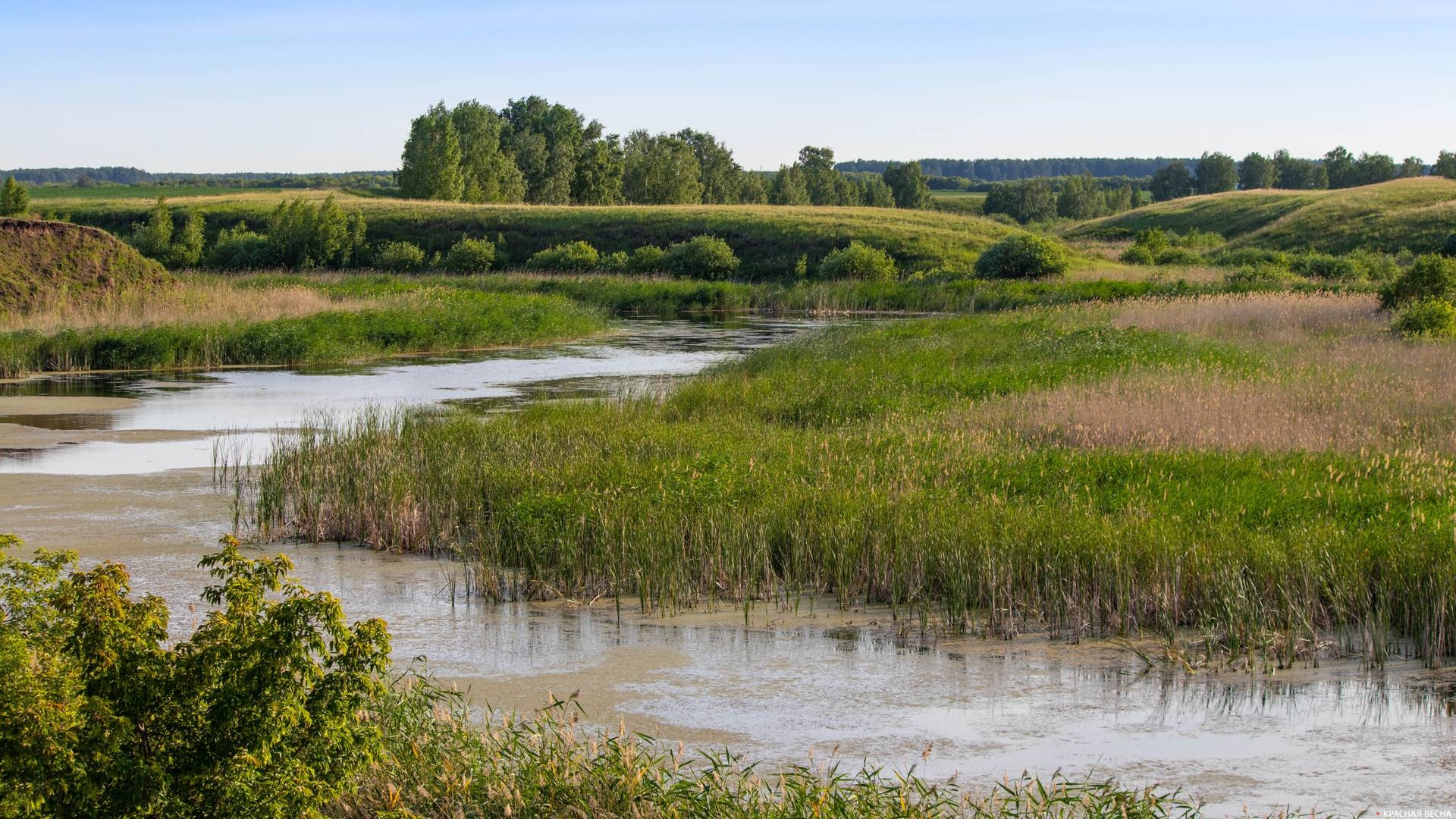
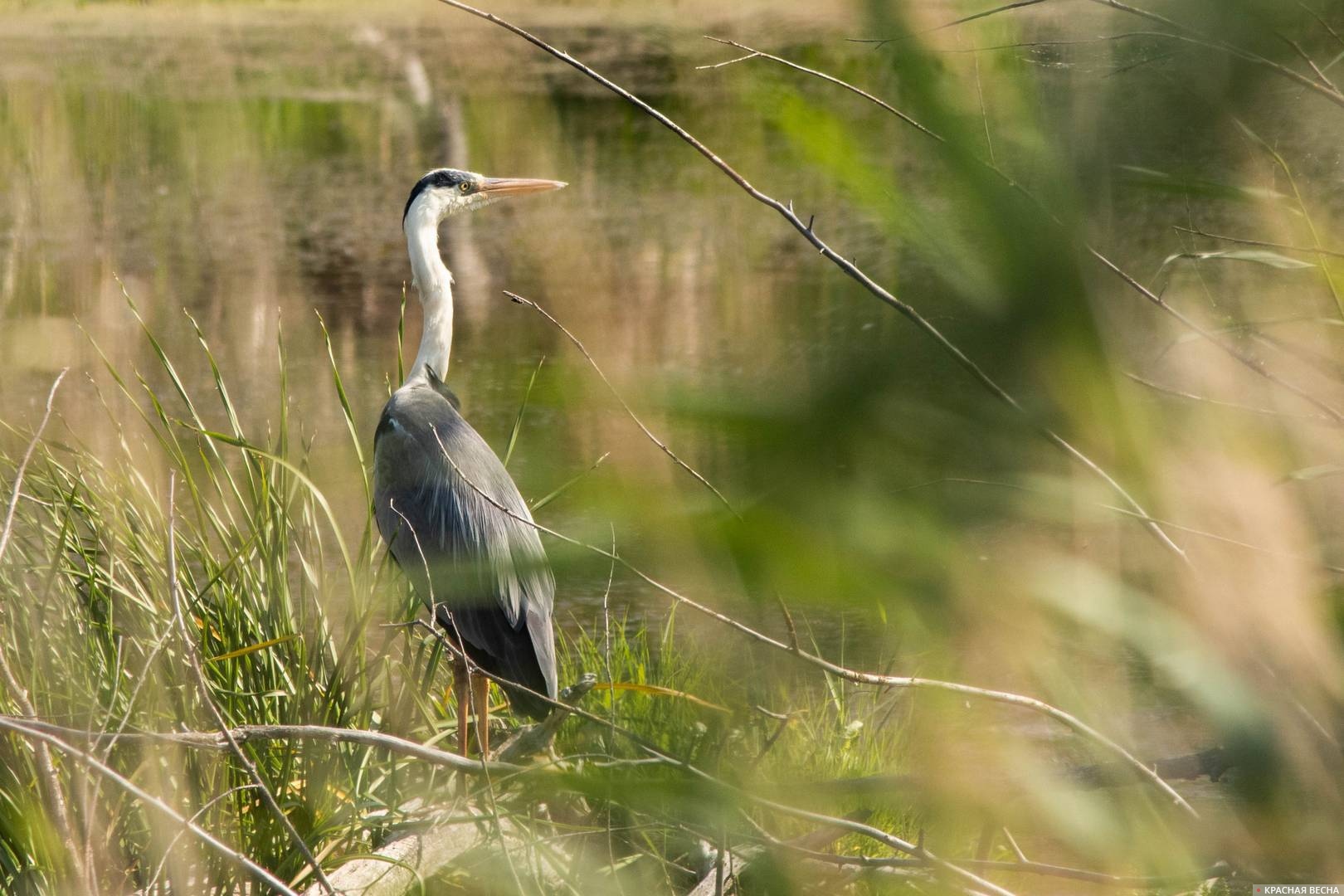
gray heron – Probably the tallest bird in our reserve: the body length is more than a meter, the wingspan is more than one and a half. It feeds on fish and frogs, swallowing them alive instantly.

By the way, until the middle of the 19th century there was an opinion that herons literally devastated bodies of water by eating too much fish, and therefore it was not considered shameful to reduce the size of their population at every opportunity. Who knows, since then the herons have become sensitive to any rustle and immediately set off as soon as they see a person from a distance.
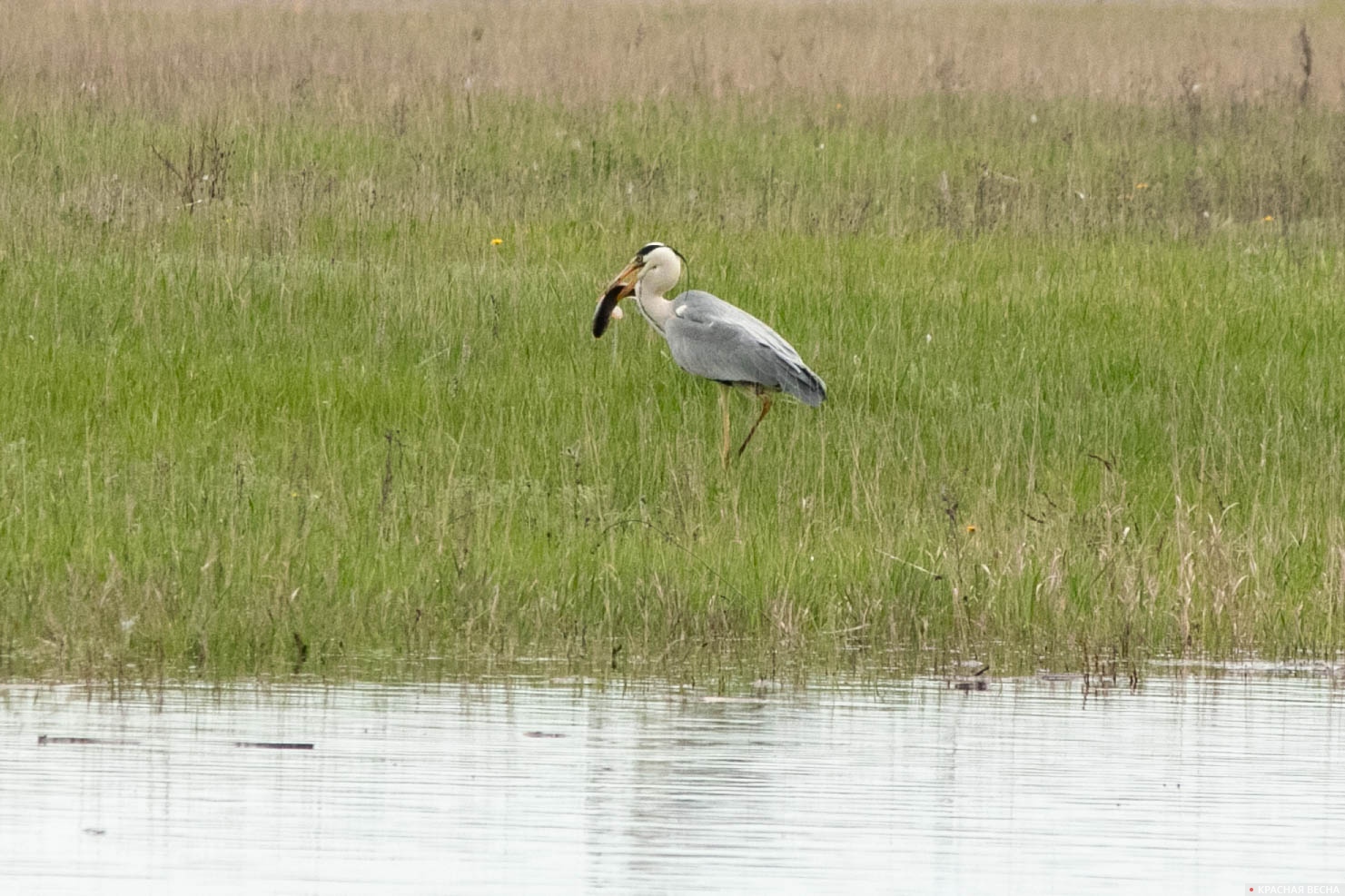
But we now know that herons’ prey are usually fish that are infected with parasites and therefore swim at shallow depths. Therefore, the heron can rightfully be considered the ordinance of the aquatic world.

Greater Godwit or Marsh Sandpiper. Red Book Bird! A rare species of large wading birds from the snipe family. Its song sounds like “spindle-spindle-spindle”, hence the Russian name of the bird. It settles, as you can imagine, in swamps, humid lowlands and, in general, in areas prepared for flooding. They build their nests in the grass. They live in small flocks of several pairs. When unexpected guests appear near the nest, they circle over them and emit alarming cries.
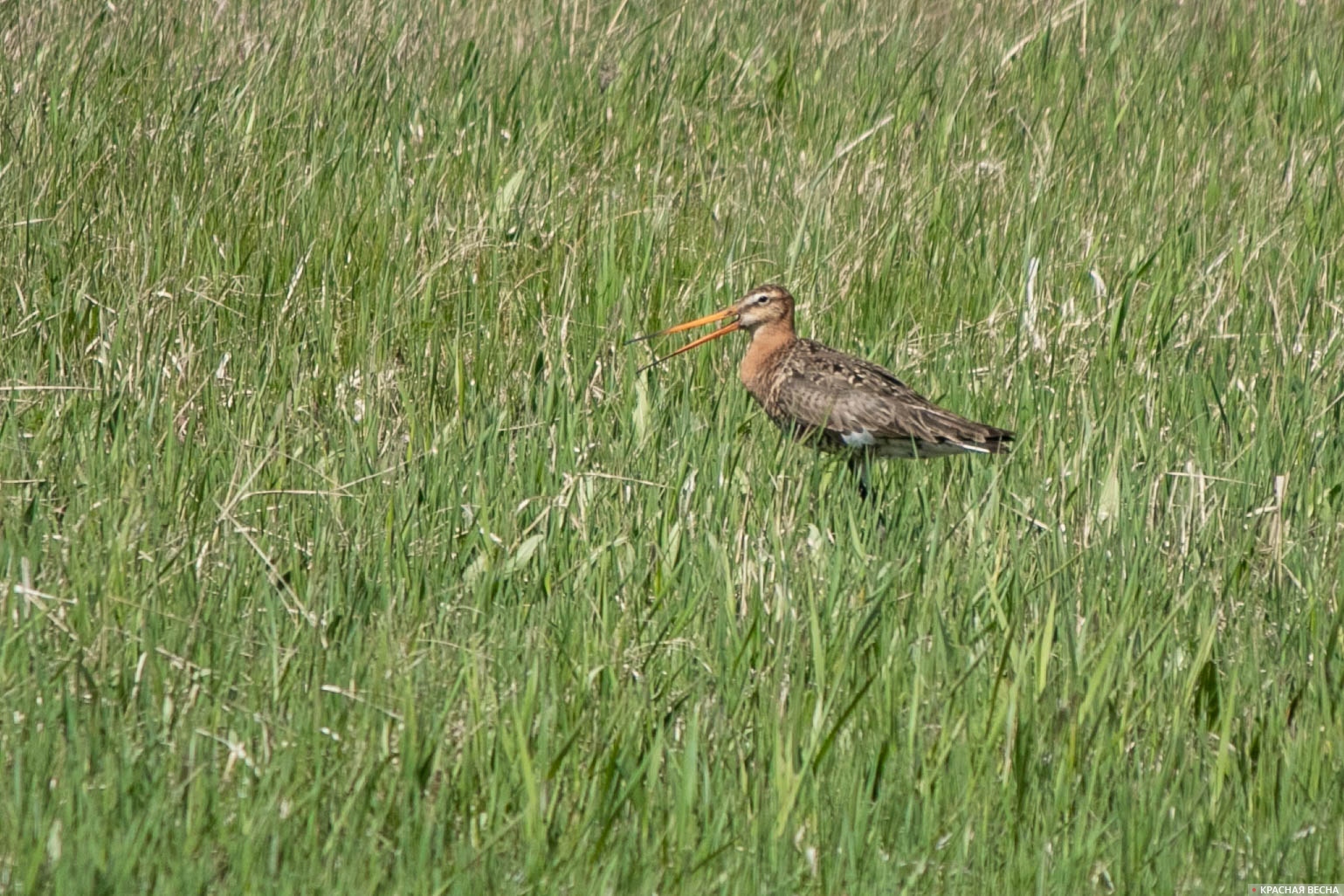
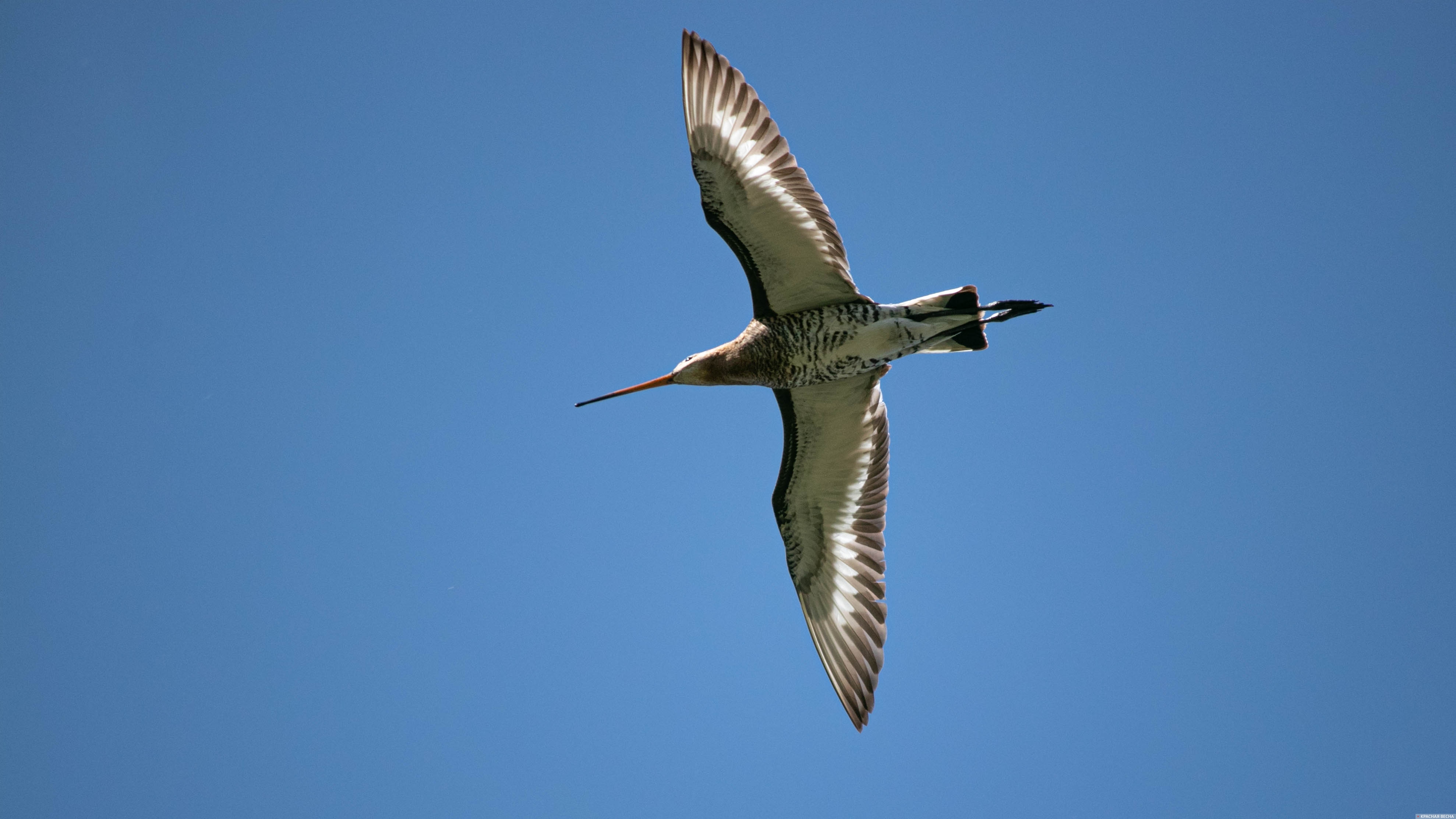
By the way, in flight they know how to turn from side to side and sit down, gracefully raising their wings: what beauty, you have to see it!
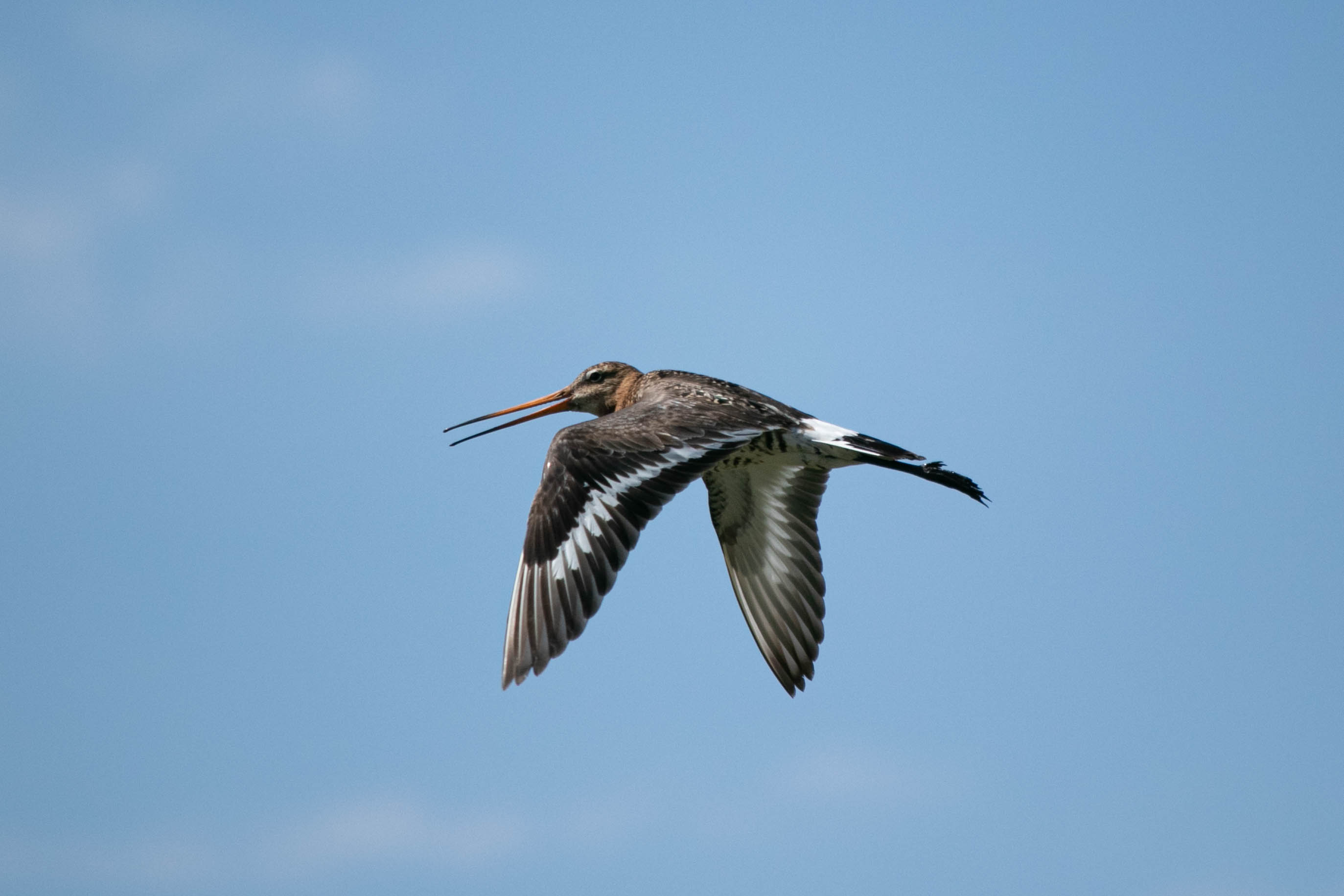
In addition to the godwit, I heard two more species of wading birds praise their swamp on the Lyubinskaya floodplain: the sandpiper and the white-tailed sandpiper.
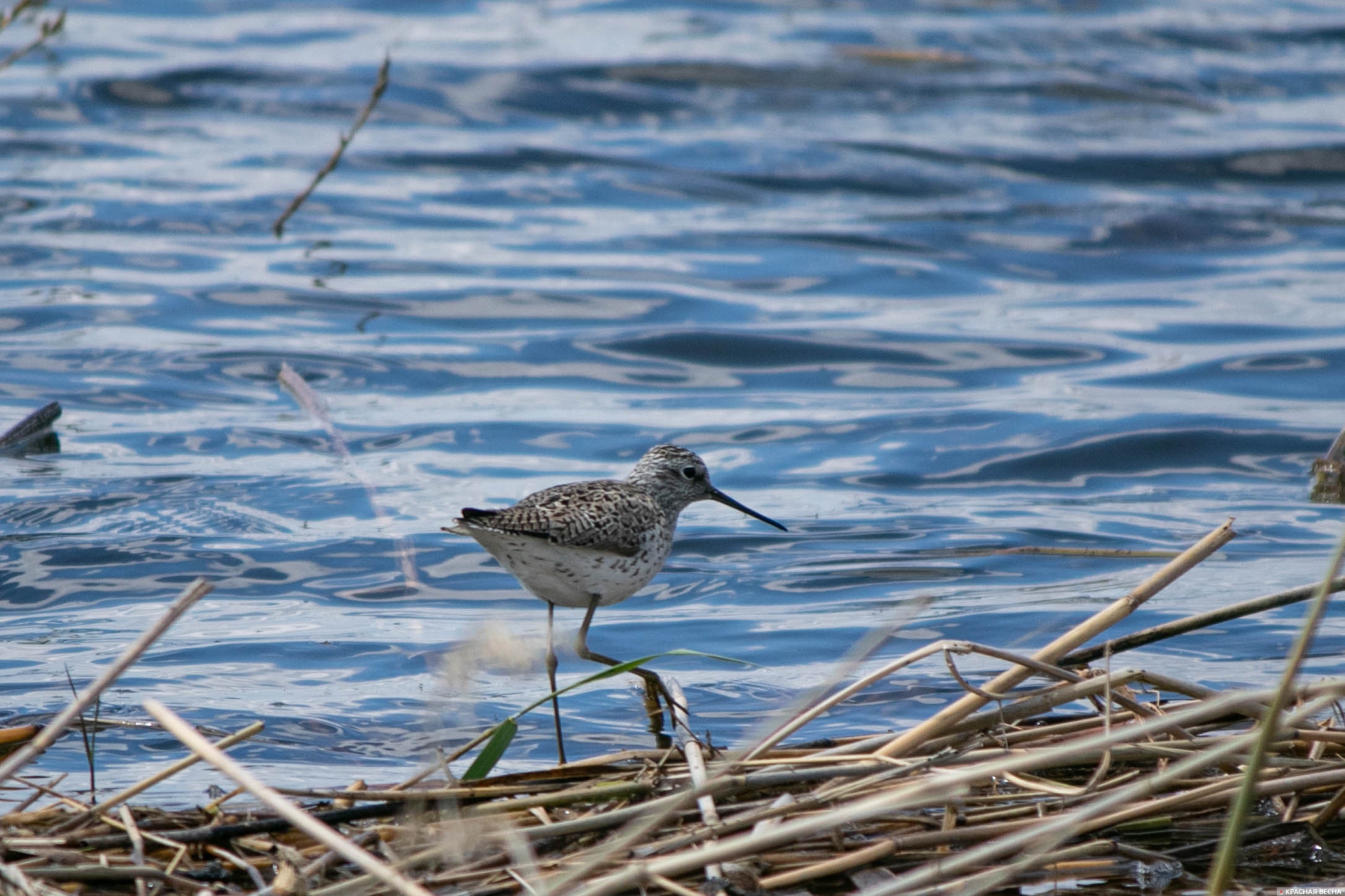
Porucheinikov There was a whole very noisy flock, which we managed to get quite close to. Not at all embarrassed, the small wading birds, no bigger than a thrush, continued searching for food in the water.
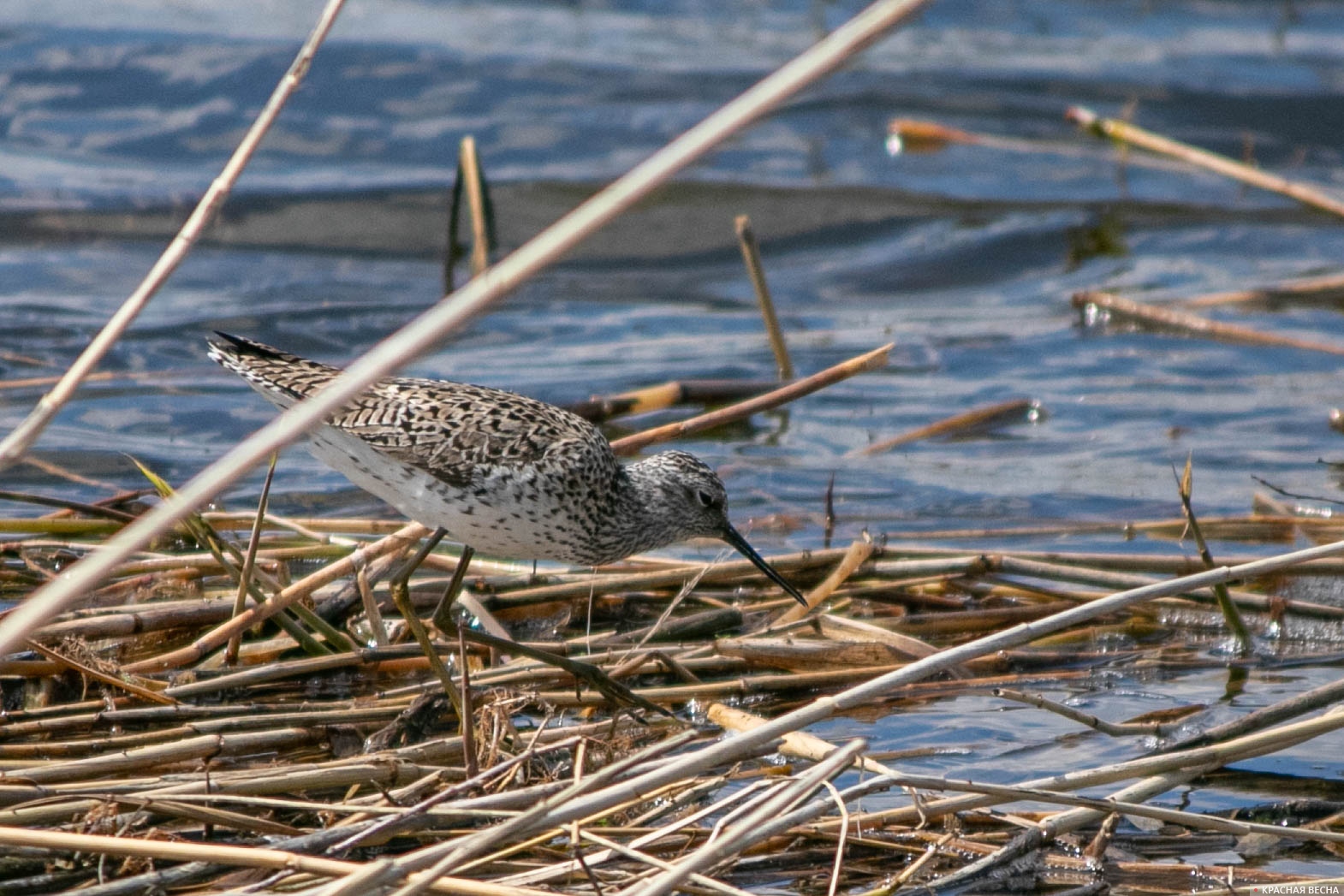
White-tailed sandpiper. A small but very brave bird! Two wading birds flew to the shore, sat on the edge of the water and looked at me for a long time.
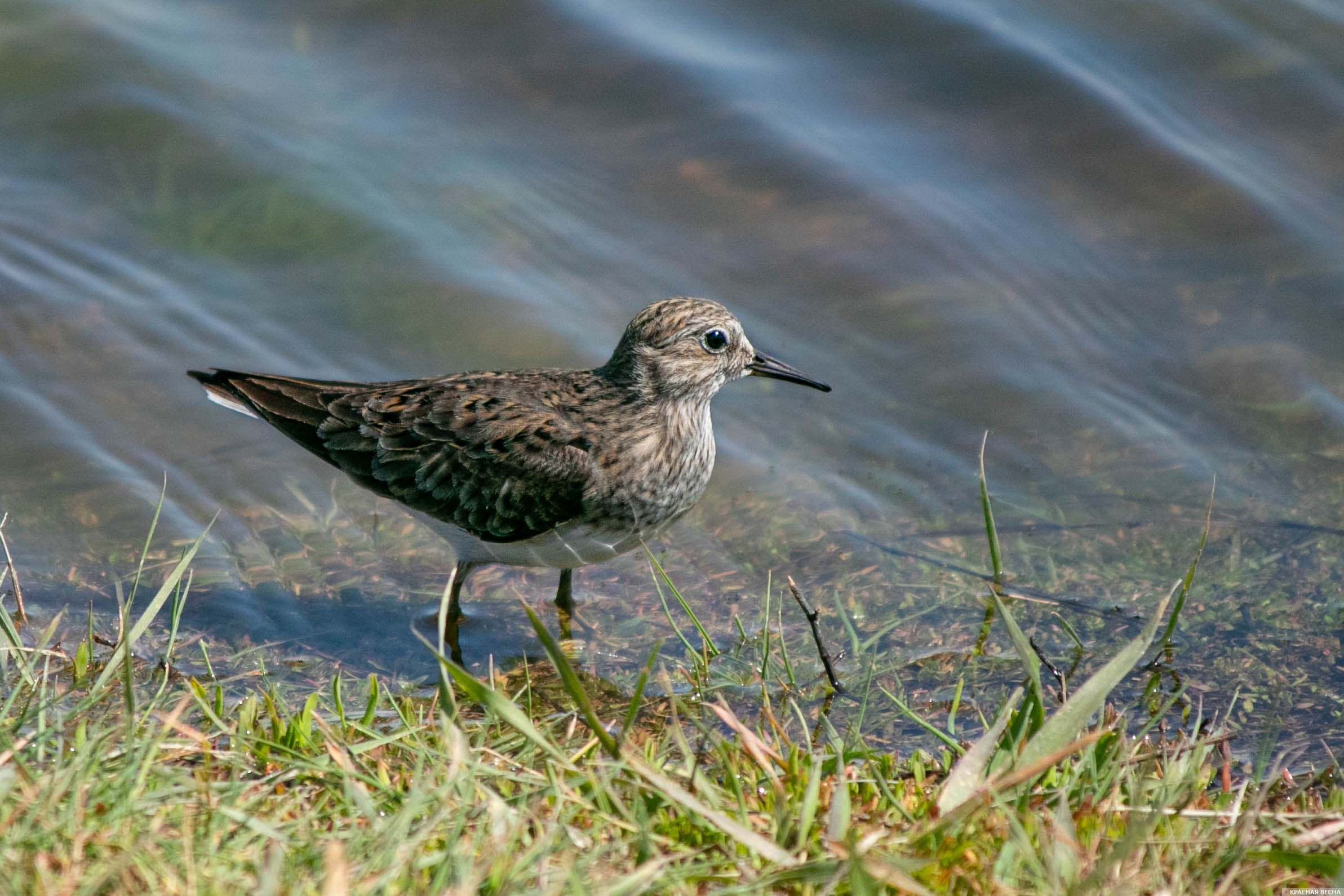
Great Grebe, or Great Grebe. No, it’s not a duck! Order: Grebes; family: grebes; genus: Poisonous mushrooms; species: Common grebe. The cacophonous name of the bird is intended to protect the inexperienced hunter from attempting to “feast” on the meat of the Grebe. A repulsive smell and an even less pleasant taste are, perhaps, the most coherent and correct assessment of the gastronomic qualities of this game.
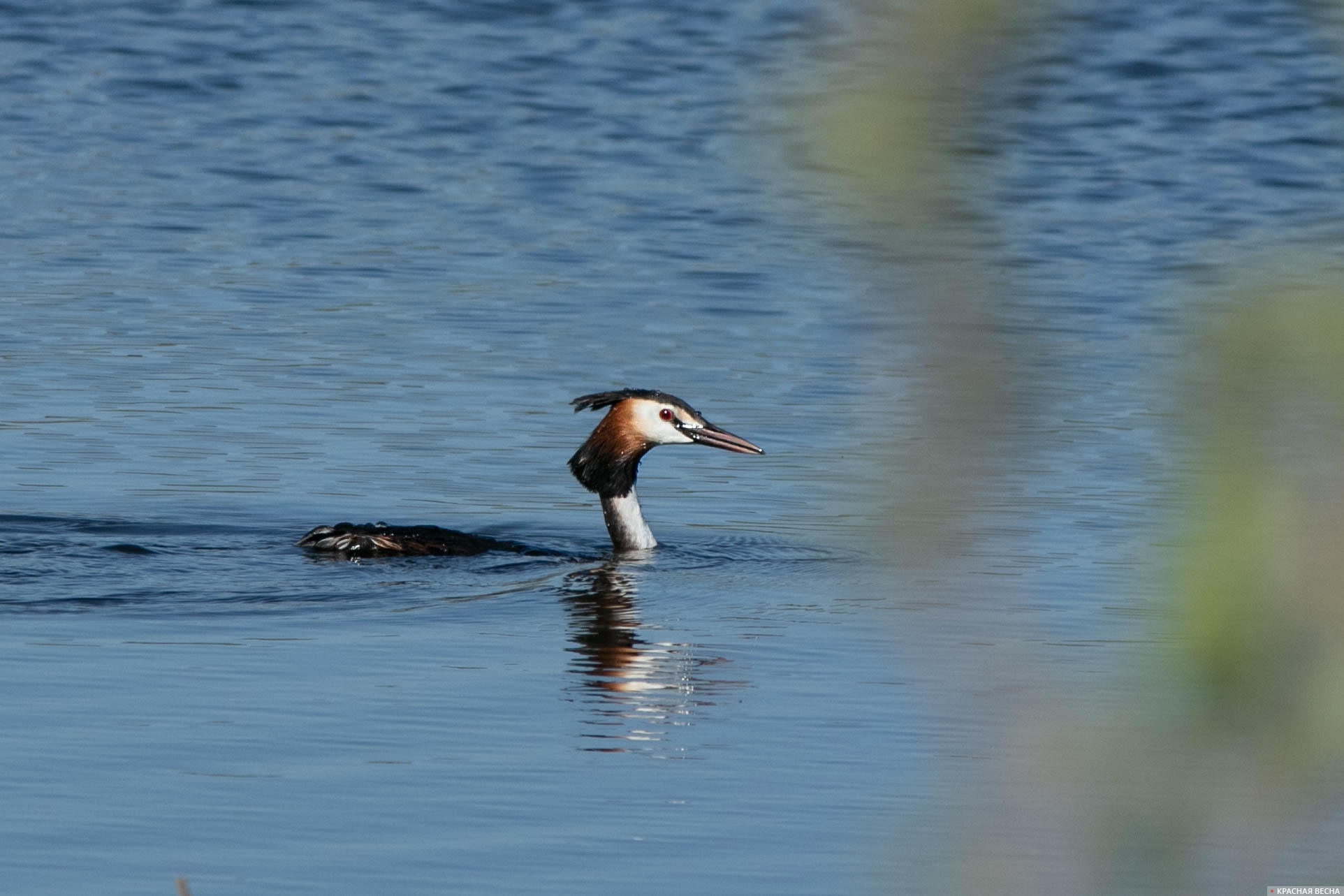
Another popular name for Grebe is diver, diver. When, for example, a person approaches, the grebe instantly disappears under the water and after a long time, up to a minute, emerges far from its previous place. According to encyclopedic data: diving to a depth of 3 to 4 meters, swimming underwater up to 20 meters. What a diver and swimmer! And, by the way, the material for building the grebe’s nest can also be obtained from the bottom of reservoirs.
Bluethroat. A soft-spoken little bird whose Latin name, Luscinia svecica, translates to “Swedish nightingale.” I don’t know what the Swedes have to do with this and what they think of themselves, but the Russian name comes from the Old Slavic “varakat”, that is, to talk nonsense, to imitate, to imitate, since the bluethroat is also a nightingale, i.e. , which can imitate the songs of other birds
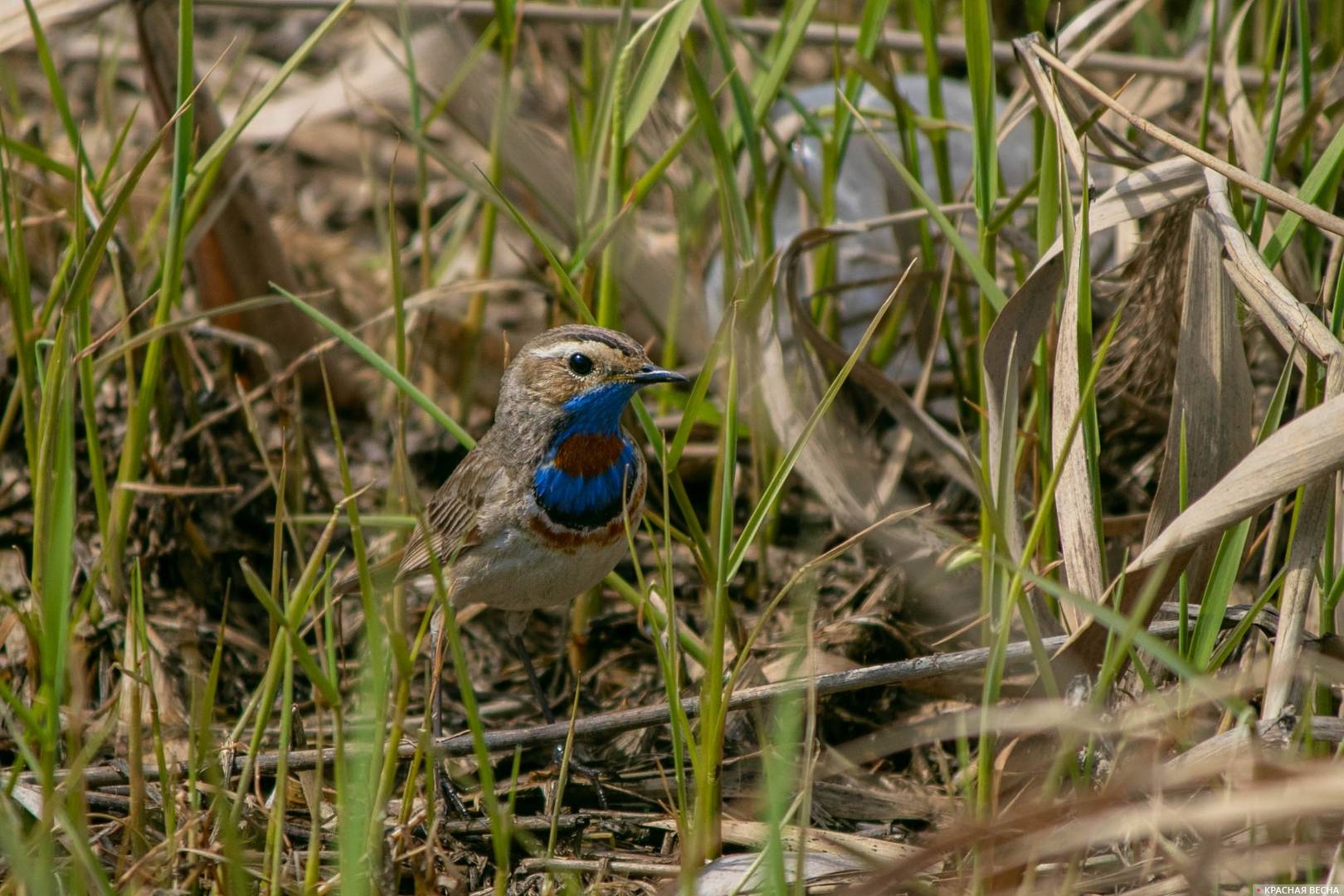
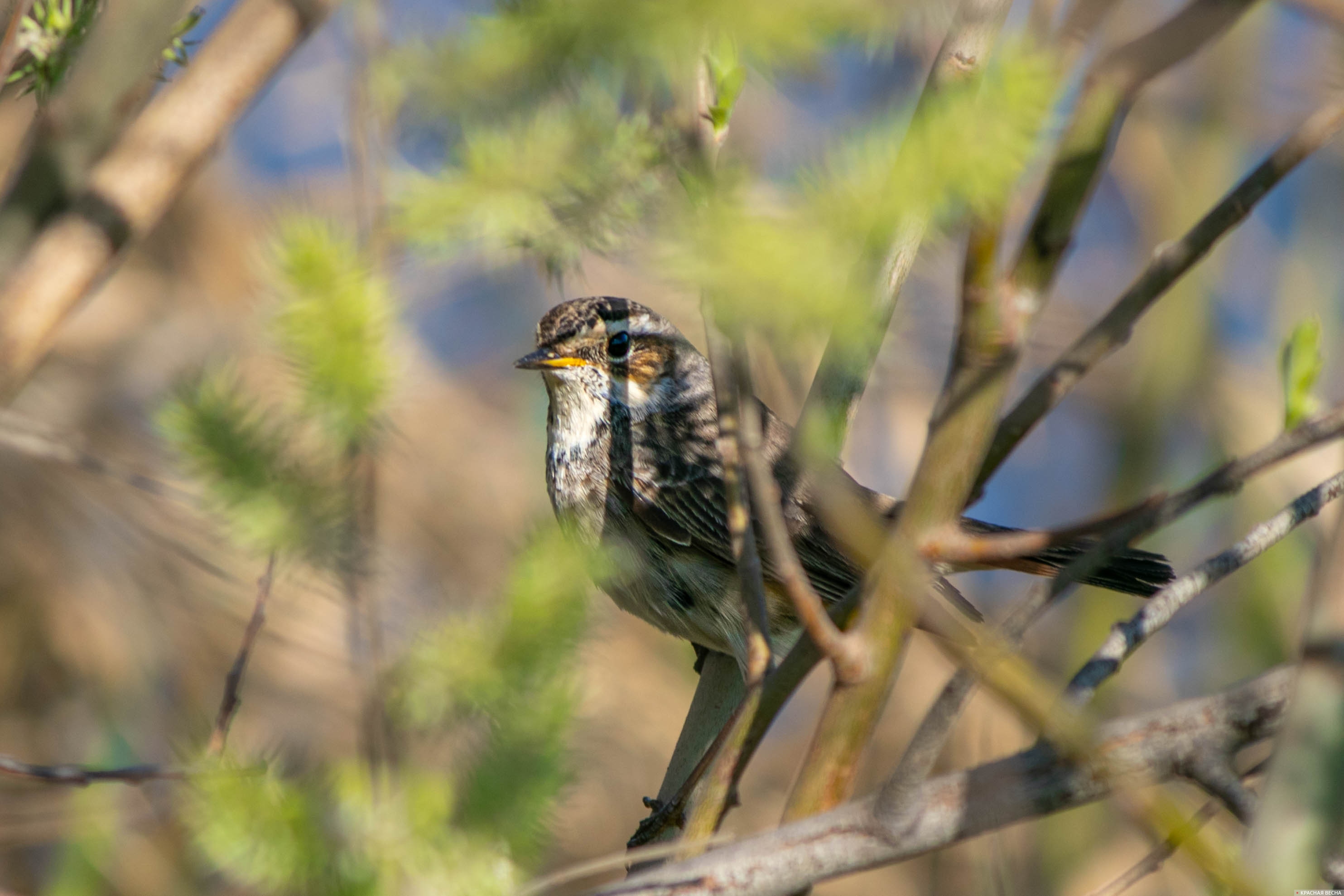
Bluethroats settle in the floodplains of rivers and along the shores of lakes, preferring moist lowlands covered with shrubs or reeds. It is not easy to meet a bluethroat, since its habitats are, as a rule, inaccessible to humans, and the birds themselves are surprisingly inconspicuous, although they have a bright and even catchy color. They move across the floor in dashes.
Yellow wagtail or pliska. A small bird, which, however, is difficult not to notice due to its bright color, and the characteristic movement of its tail, it is difficult not to recognize it as a wagtail.
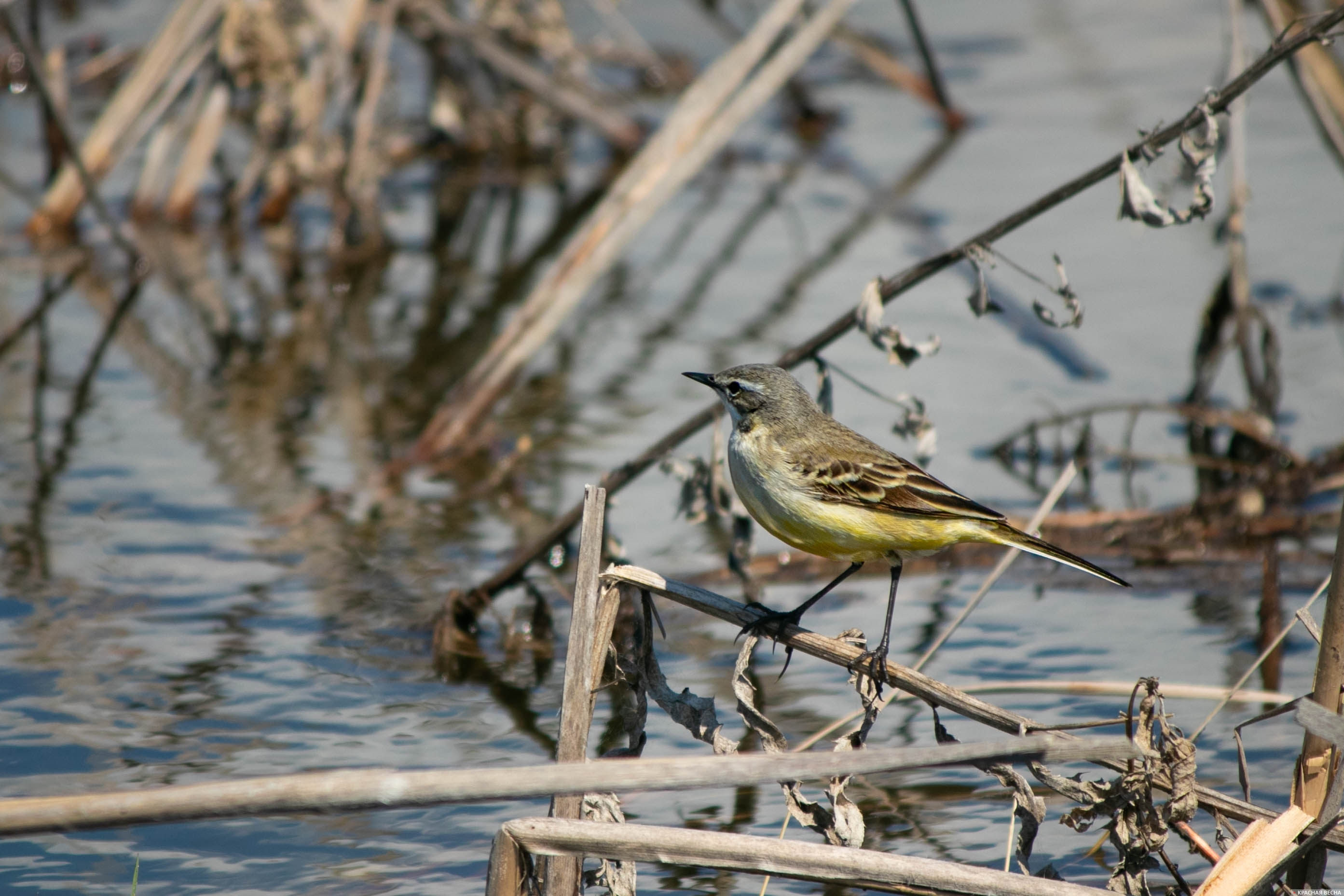
For nesting, the bird chooses humid meadows or slightly humid areas of river valleys with rich herbaceous vegetation, fields planted with forage grasses and drained peat bogs. Here you will see how it flies, and it flies in waves, like a sine wave, rising higher and falling lower. And if you pass by the nest of a pliska, you will see how it runs: brave and brighter than the female, the male will surely jump onto the path and quickly, quickly run forward, dragging you with him and leading you. far from the nest. And the pliska weighs so little that not all blades of grass bend under it.
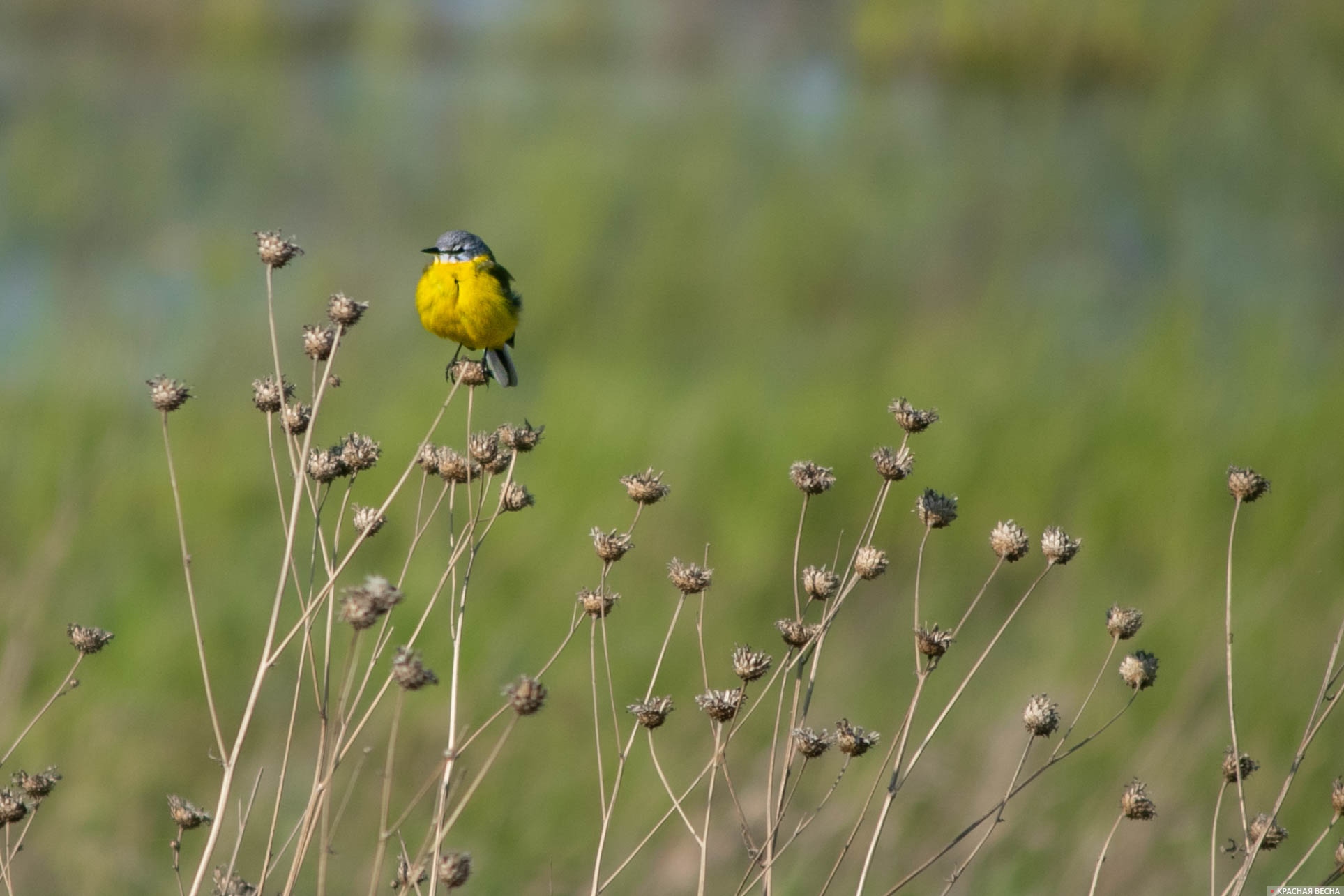
Blackhead mint. A species of songbird in the flycatcher family. The male stonechat is a rather striking bird, although it will be smaller than a sparrow: this songbird has a black head and wings and an orange breast.
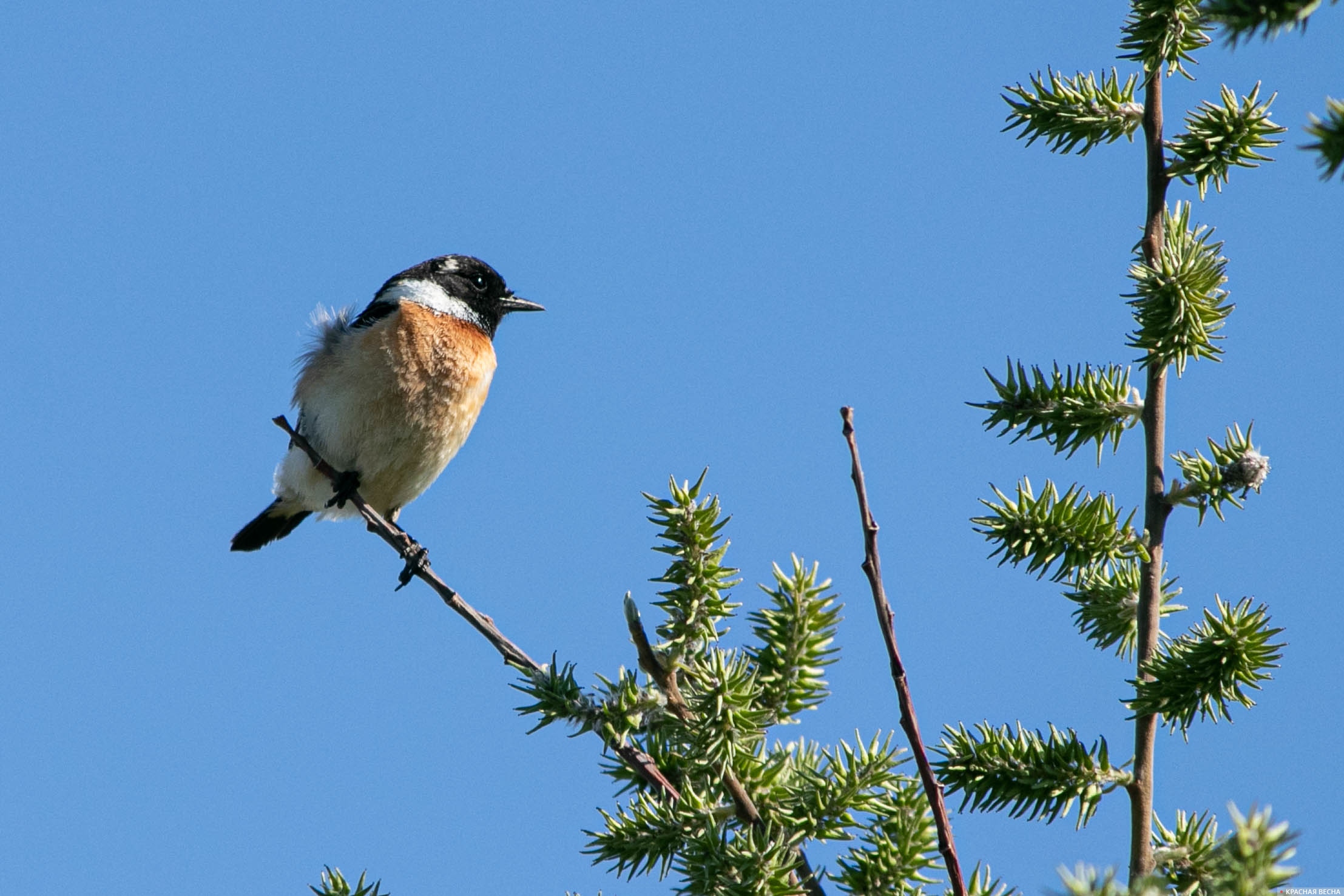
To understand why the mint was called that, look at it for a minute. The bird will constantly fly from a bush to a blade of grass and mutter “check-check-check” in a plaintive voice.
Many more different species of birds fly to our reserve during the warm season. Some of them could only be heard: the murmur of the snipe, the trumpet song of the bittern, the chirp of the river cricket.
Next to us is an interesting world, far from being visible to everyone, which lives according to its own laws. In the bustle of everyday worries, we rarely notice anyone except sparrows, pigeons and magpies. But you just have to stop and listen…
Source: Rossa Primavera
I am Michael Melvin, an experienced news writer with a passion for uncovering stories and bringing them to the public. I have been working in the news industry for over five years now, and my work has been published on multiple websites. As an author at 24 News Reporters, I cover world section of current events stories that are both informative and captivating to read.
